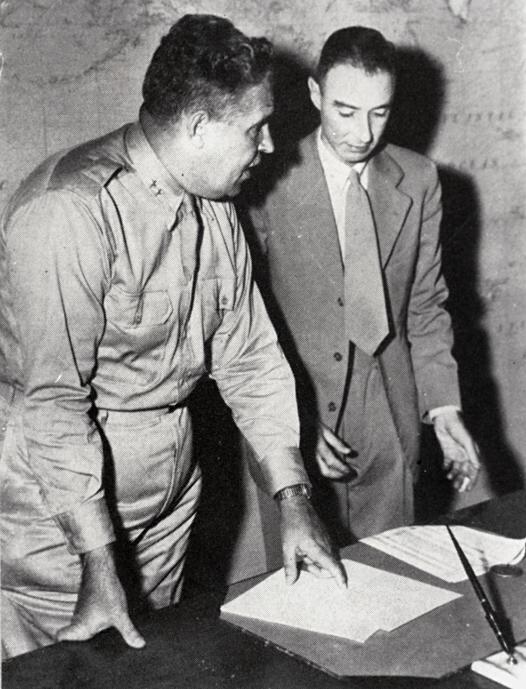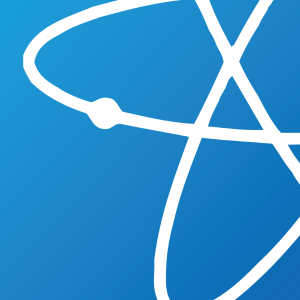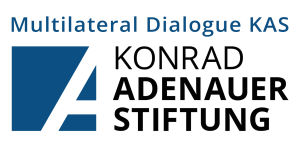US President Franklin Roosevelt authorized the Manhattan Project to design and build the first atomic bombs on 28 December 1942, A remote location in New Mexico was chosen for its laboratories. Robert Oppenheimer was appointed its scientific director, and Lt. General Leslie R. Groves, who oversaw construction of the Pentagon, became its military head. Canada and the UK lent significant support to the project and it is estimated over 600,000 people worked on it.
The project crossed numerous technological barriers, harnessing breakthroughs in physics made between 1919 and 1938, and importantly, the discovery of fission only a few years before its inception. On 16 July 1945, the first atomic bomb, ‘The Gadget’ was successfully tested at the Trinity test site in the desert near Alamogordo, New Mexico. This marked the start of the First Nuclear Age.
Why It Matters
In 1939, physicists Albert Einstein and Leo Szilard had written to Roosevelt alerting him to the potential for building “extremely powerful bombs” using uranium, based on the nuclear chain reaction in a large mass of uranium. The letter warned of ongoing uranium research in Germany.
The response was the Manhattan Project leading to the only occasion when nuclear weapons were used in hostilities - at Hiroshima and Nagasaki - but it set the seal on continued development of nuclear weapons, the ultimate weapon of mass destruction, and the nuclear arms race in the cold war. Currently there are more than 13,000 in the arsenals of nine countries and despite commitments nuclear disarmament remains an elusive goal.
Further materials:
https://www.energy.gov/sites/prod/files/The%20Manhattan%20Project.pdf
https://www.osti.gov/opennet/manhattan-project-history/
https://www.history.com/topics/world-war-ii/the-manhattan-project






